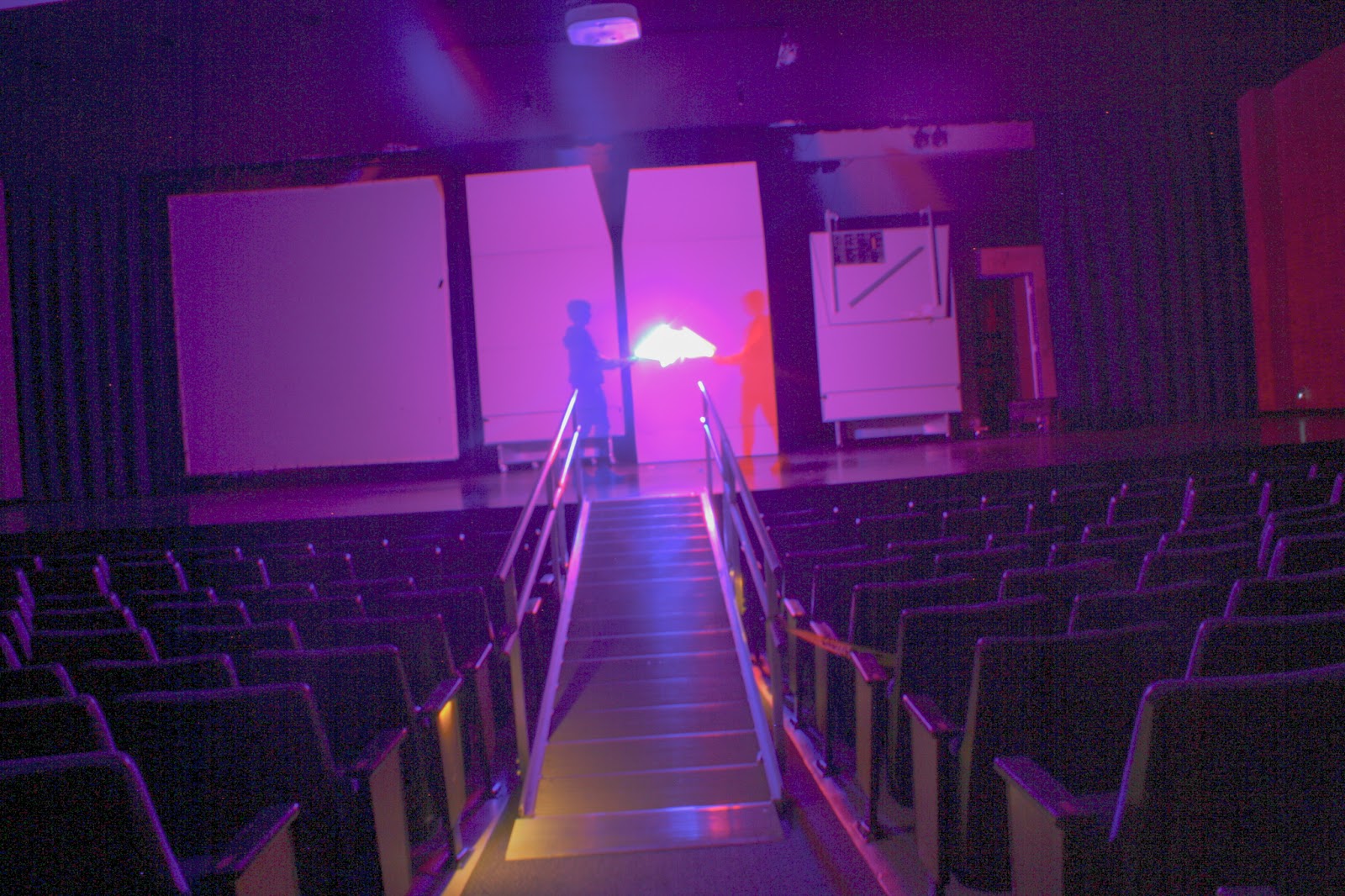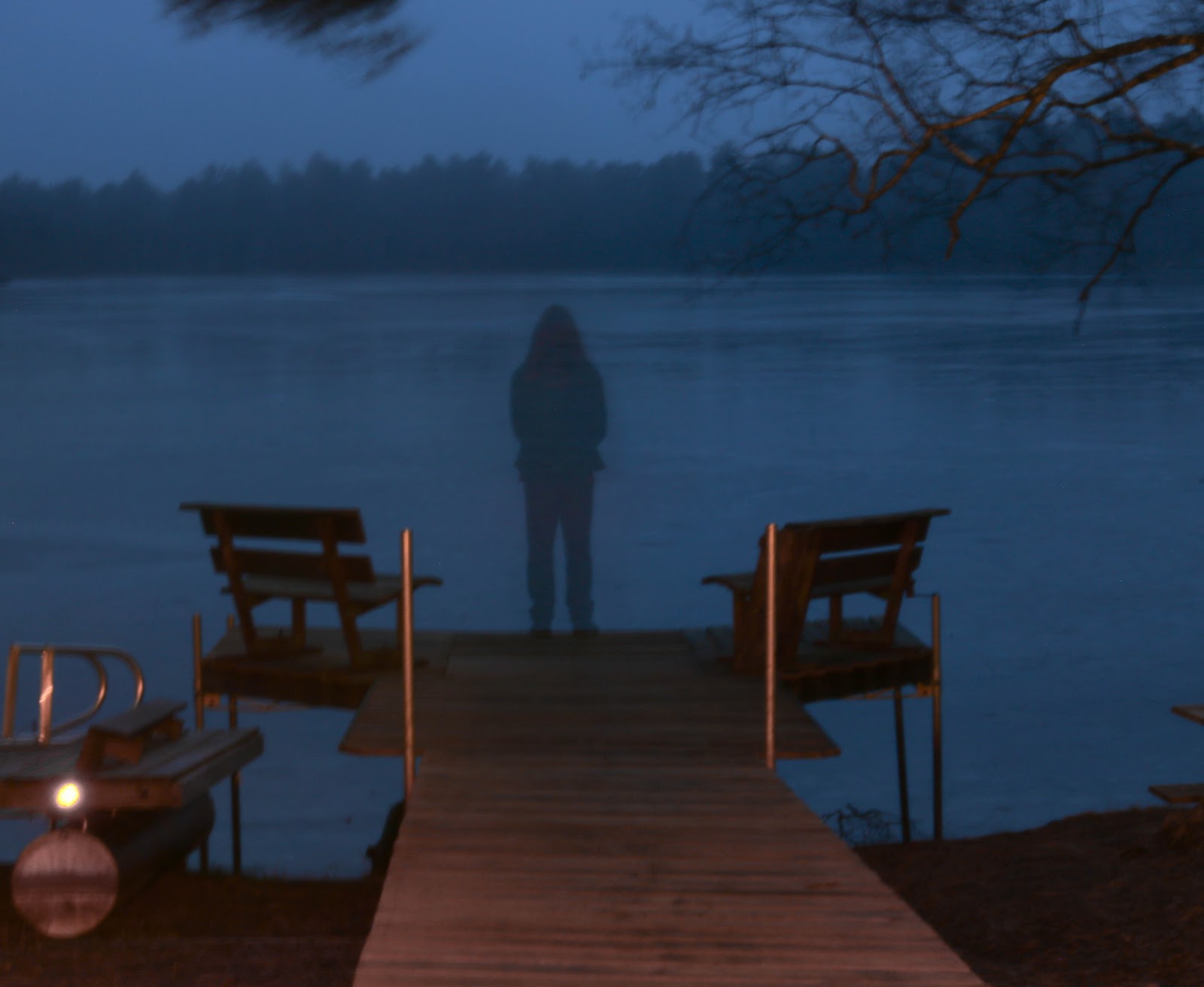Landscapes are a huge lesson, and you can literally spend your entire career as an artist focusing on landscapes, in fact, there are entire art periods just focused on Landscapes... So how do you teach a group of new artists to draw a giant art style while also learning how to use digital drawing for the first time?
Well, I don't have the perfect answer but after teaching this class for 6 years, I have finally found a formula that has garnered the most successful results.
We start with a mini-lesson. Here is the video of the tutorial. This minimalist landscape project is nice for two reasons: it gets kids to think in terms of aerial and 1-point perspective, while also completing an "easy win" project. If the student follows those directions, the project looks great. And that gives them a confidence boost to want to take on the next steps.
This video is for pixlr which is a browser-based program so your students can even do this on a Chromebook.
Here are a few examples of student work.
































































